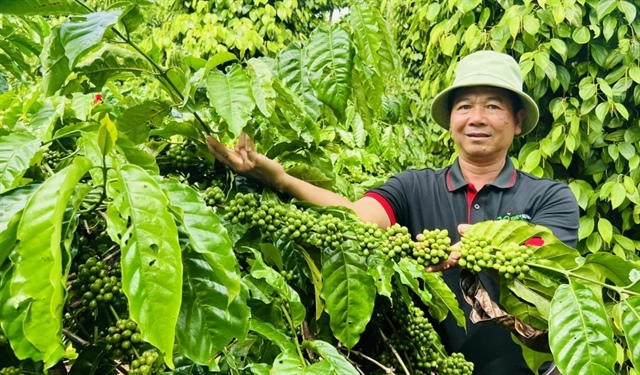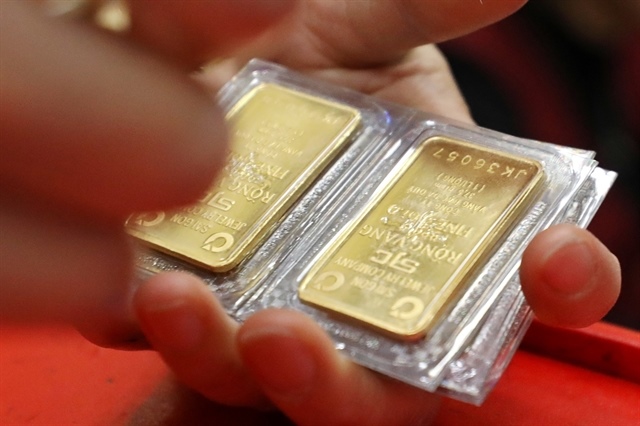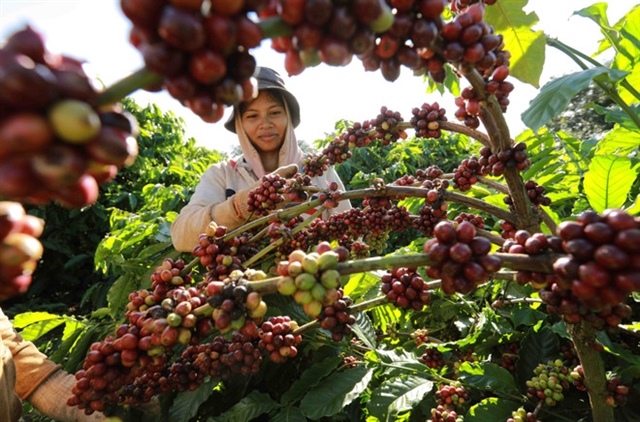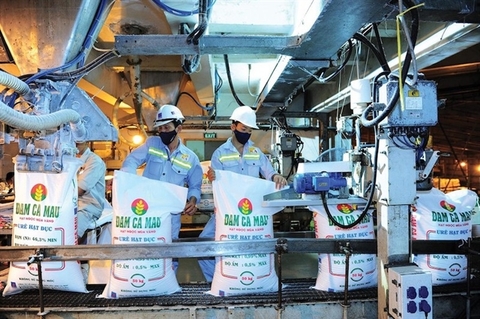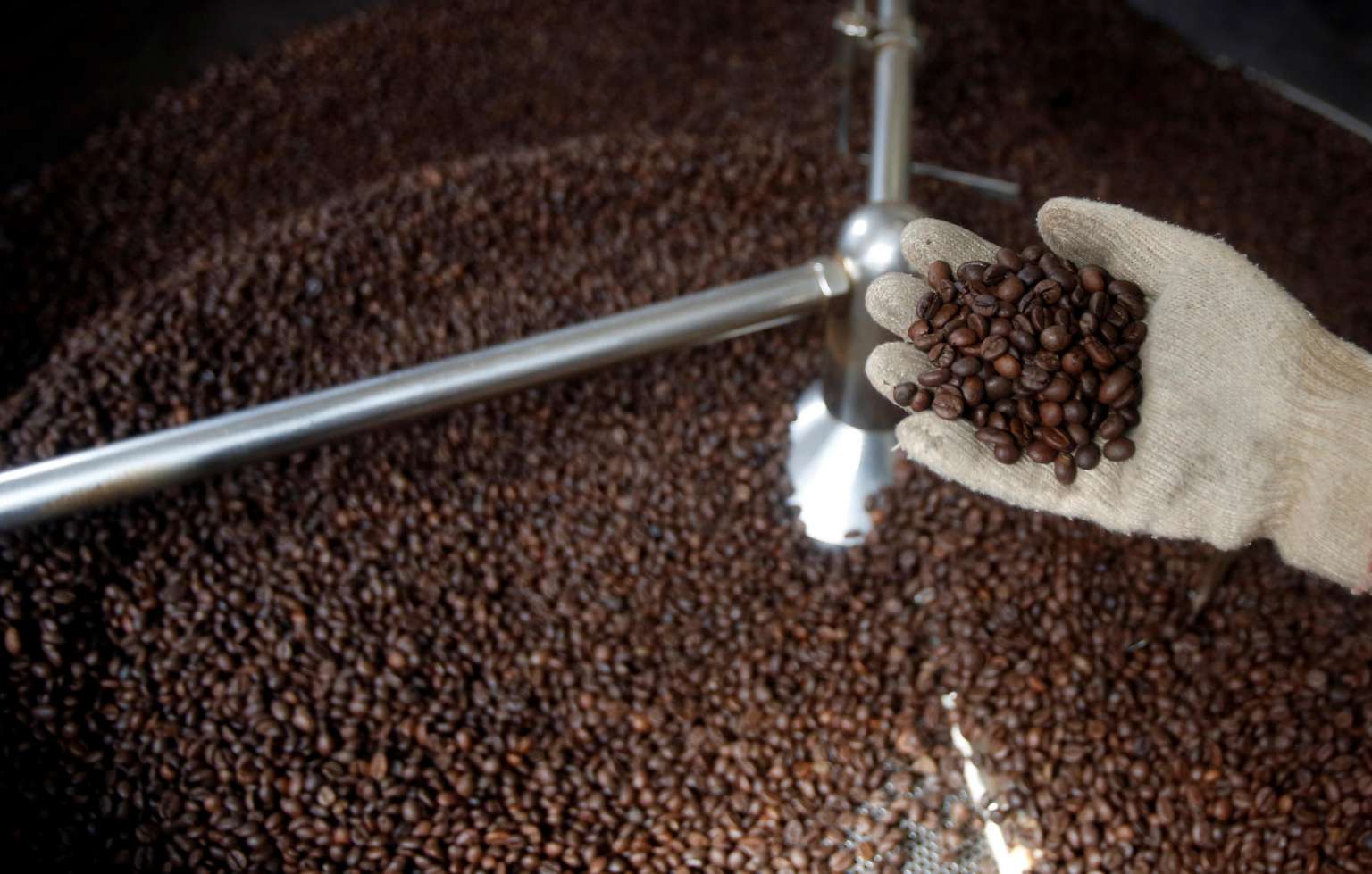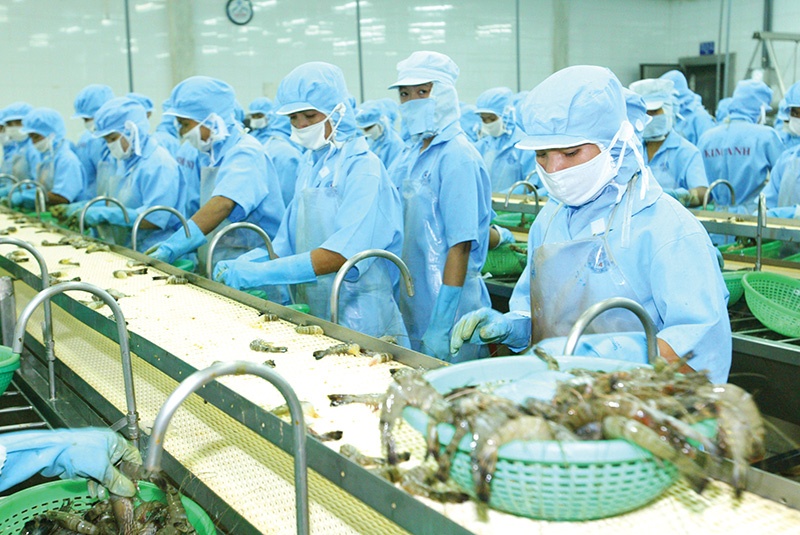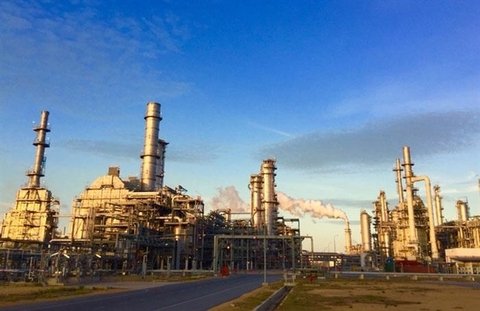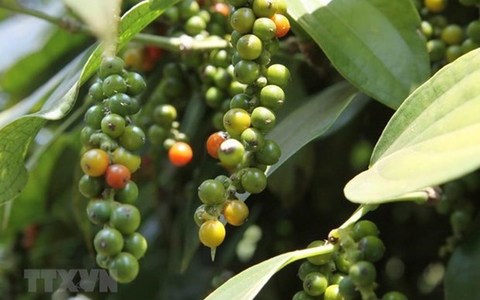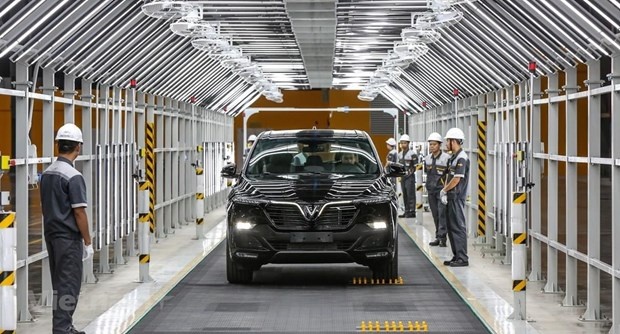Building sustainable image for beverages
Building sustainable image for beverages
Vietnam’s beverage sector is looking for a kickstart after a turbulent couple of years. Nguyen Van Viet, chairman of the Vietnam Beer-Alcohol-Beverage Association, talked with VIR’s Thuy Nguyet about the outlook of the sector this year.
What did the ups and downs of the beverage sector look like last year?
In 2021, we faced huge challenges related to logistics and shipping activities due to strict movement curbs in the southern provinces. Tough pandemic prevention regulations have caused many difficulties for businesses to transport their products and organise production activities.
The global logistic fee increased by 30-50 per cent. Tough pandemic prevention regulations have caused many difficulties for businesses to transport their products and organise production activities.
Despite this, the manufacturing activities still maintain positive momentum. In 2021, the production volume of beer in Vietnam reached around 4.05 billion litres, equal to nearly 93 per cent of the previous year’s volume (4.35 billion litres). However, the consumption reduced 20 per cent on year. As of September 2021, the beverage sector’s labour utilisation index was only 91.5 per cent as compared to the same period of 2020.
Resolution No.128/NQ-CP released last October adopting provisional guidelines on safe adaptation to the pandemic is a major boost. As the resolution helps remove logistics and labour barriers, businesses can quickly recover their operation and production activities. The government has restored many services and sectors.
However, some out-of-home drinking activities are still restrained. This, coupled with the changing behaviours of consumers towards in-home drinking, will pose a number of challenges for businesses in the sector. As it will take longer for the services sector to recover, the beverage business has been severely affected.
How does the sector sail through the difficulties caused by the pandemic?
We have strictly followed the government’s pandemic prevention regulations. After shrinking production activities, we saw some improvement in manufacturing output in the fourth quarter of 2021 following the implementation of Resolution 128. Accordingly, the beverage production index reached 98.4 per cent in the fourth quarter compared with 73.9 per cent in the third quarter.
The association has actively sent letters to the government and ministries to remove difficulties for businesses. With our efforts, the government continues to maintain relief measures like exemption, reduction and delay of tax, and budget payments. Other measures include restructuring debts and lowering interest rates as well as introducing a welfare budget for unemployed workers in the beverage sector.
What is the key focus area of the association in 2022, and the market in general?
The market will face both opportunities and risks in 2022. The association will participate in policy-making efforts to remove obstacles for businesses. We will study and review the Law on Special Consumption Tax to report to the government before April and the National Assembly Standing Committee before July. It is expected to be added to the law-making programme during 2023-2025.
The association also joins the discussion for drafting national technical regulations for alcoholic beverages as well as other policies that affect the sector like e-commerce, environment protection, labelling, advertisements, and customs valuation.
Another focus is to develop the project on building an image for Vietnam’s beverage sector towards sustainable development. To fulfil this goal, the association will also boost corporate social responsibility activities among our members. One of the meaningful initiatives is responsible drinking and safe driving.
Meanwhile, we are quite upbeat about the market this year. Vietnam still posts positive economic growth with a stable macroeconomic situation and inflation being under control at a modest level. The young population provides a large workforce as well as a significant demand for beverages. Therefore, Vietnam’s beverage sector sets the target to achieve a growth rate of 6-6.5 per cent in 2022. The sector aims to produce 4.5 billion litres of beer this year, up 12 per cent against 2021 and equals 88.56 per cent of the 2019 volume. To achieve this goal, we propose the government extend and delay the payment schedule of some taxes and fees to facilitate the recovery of businesses in the sector.



